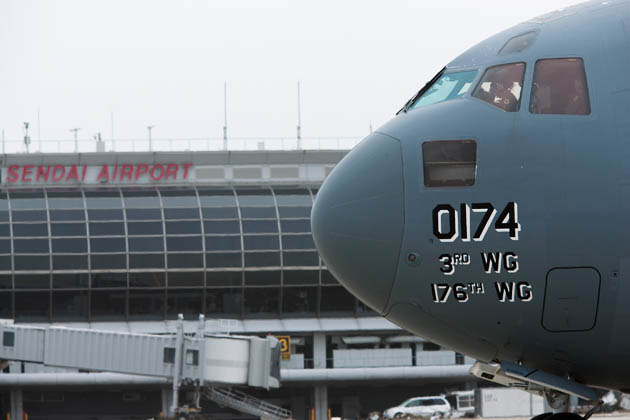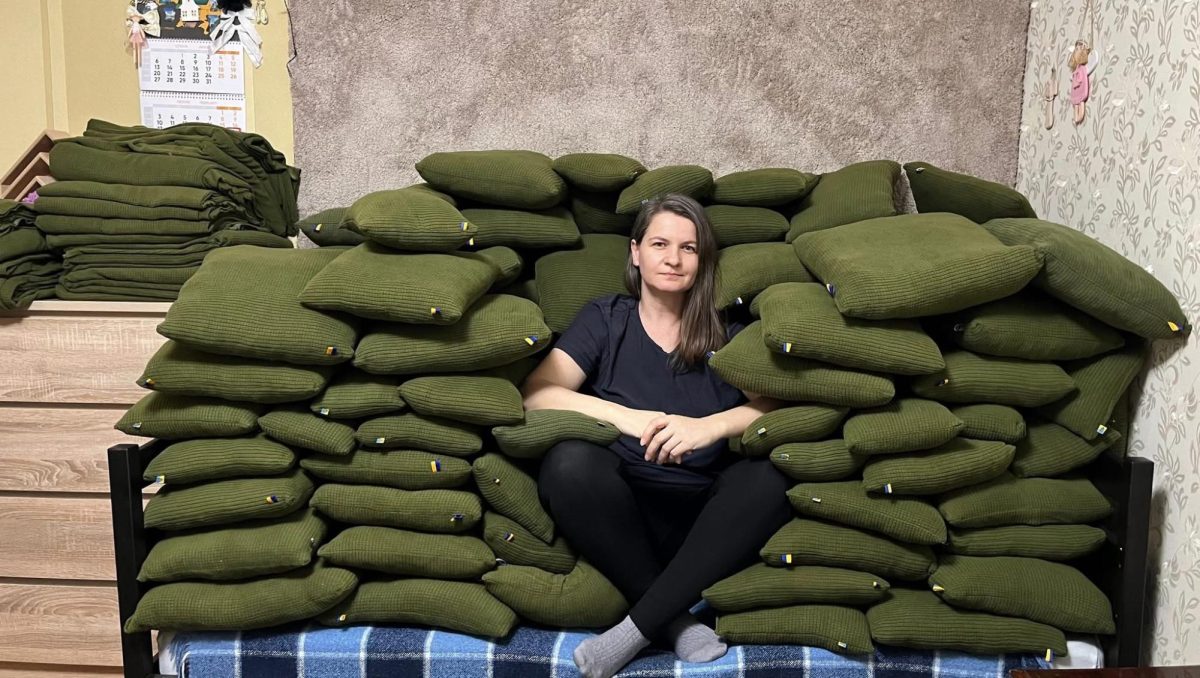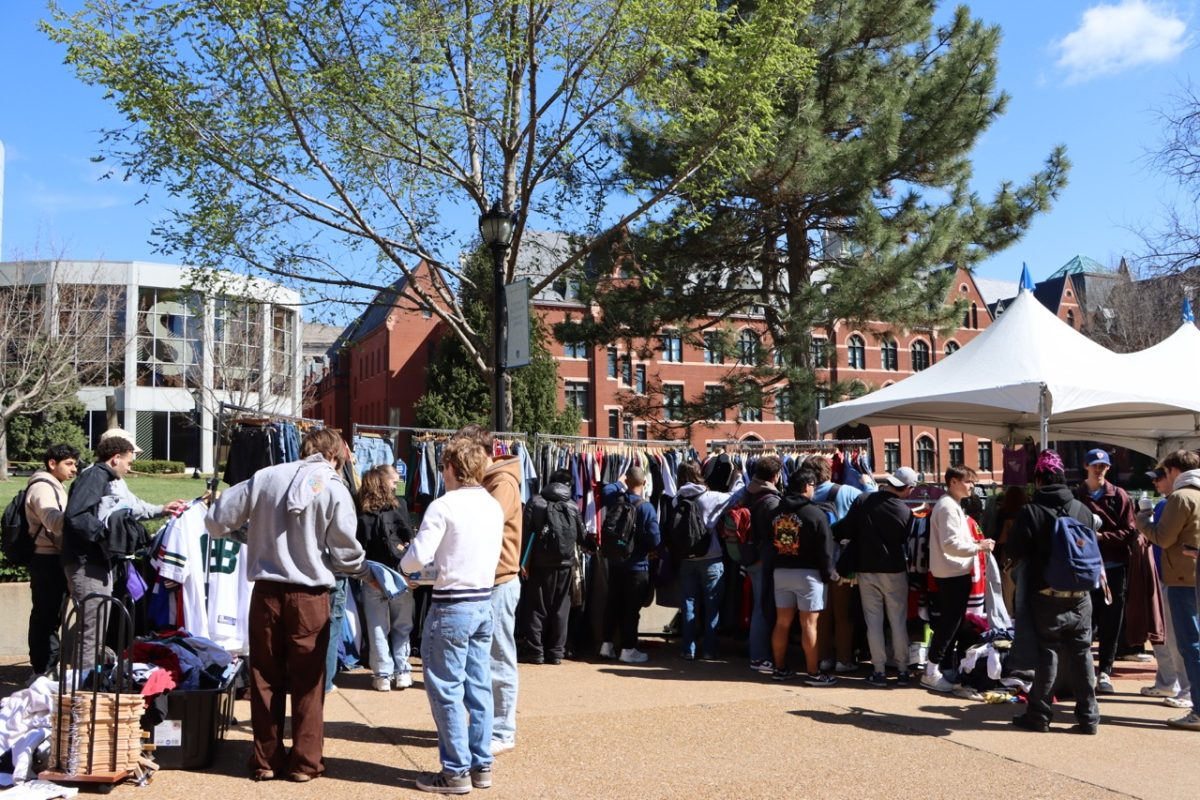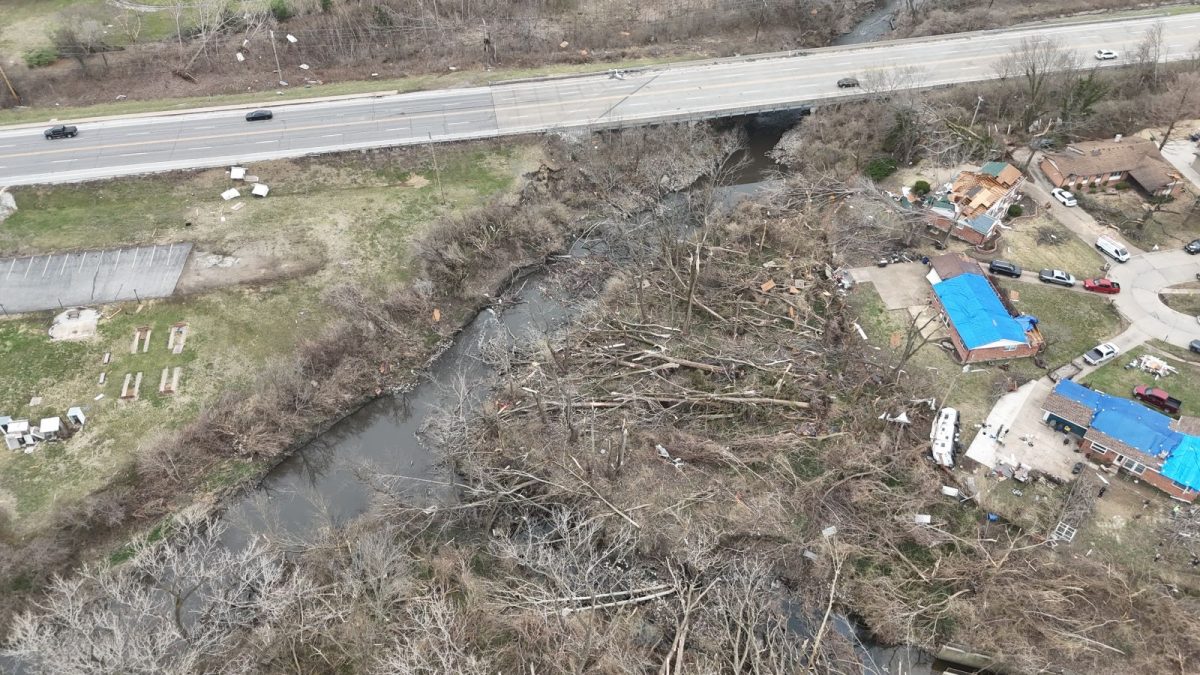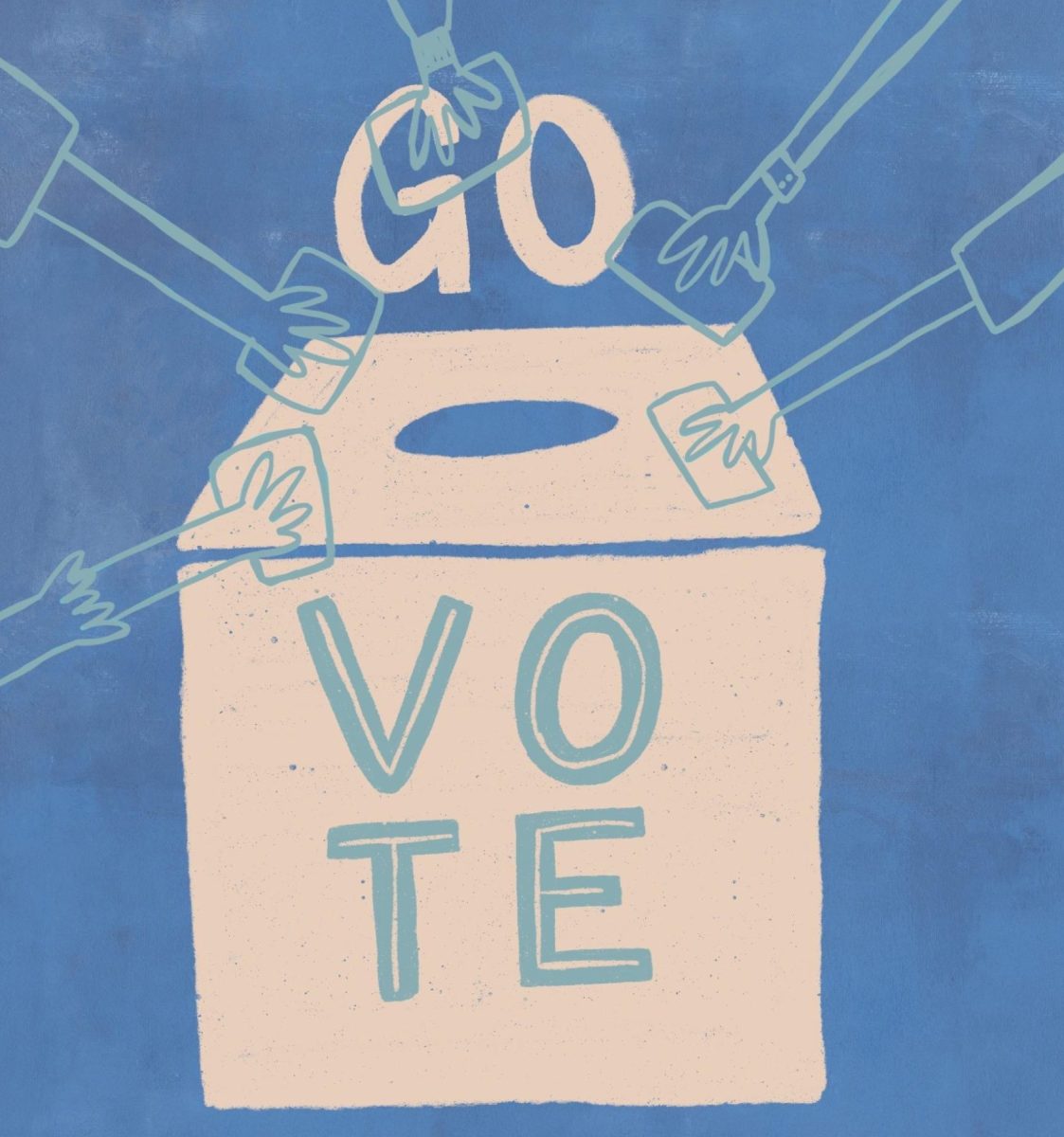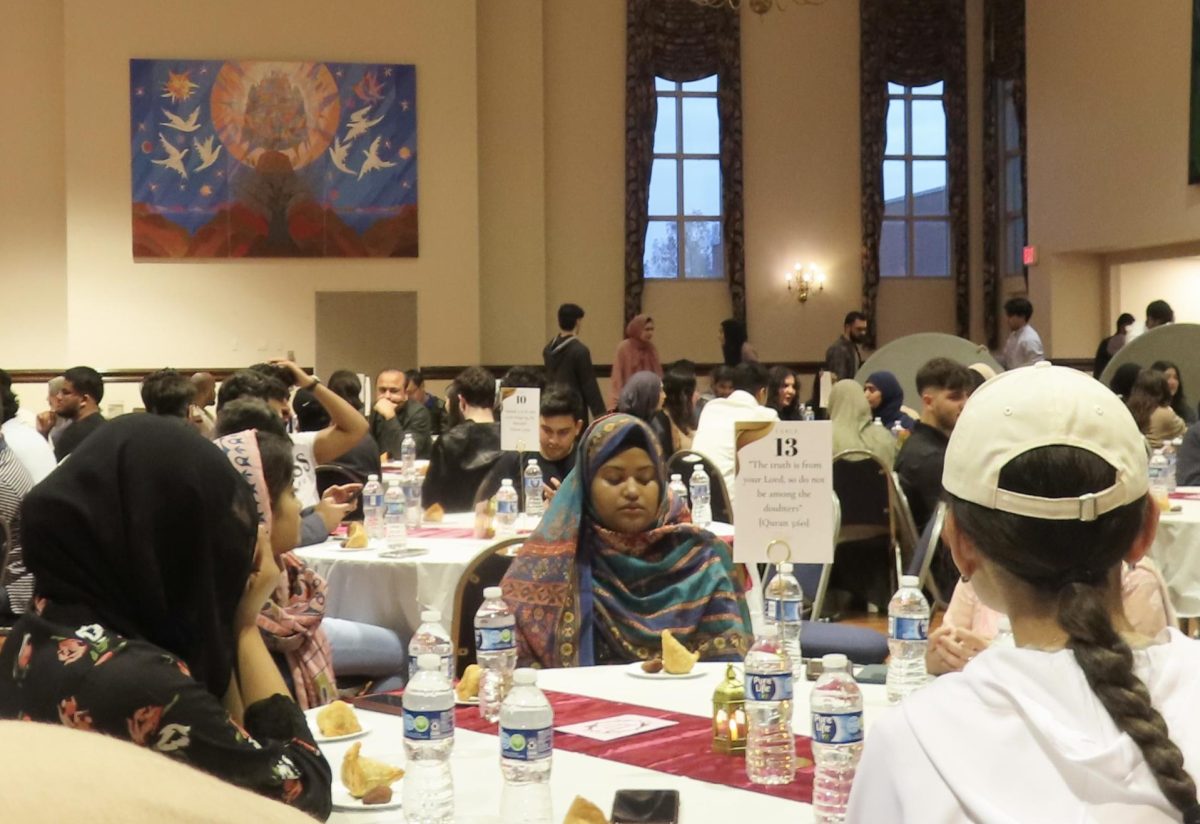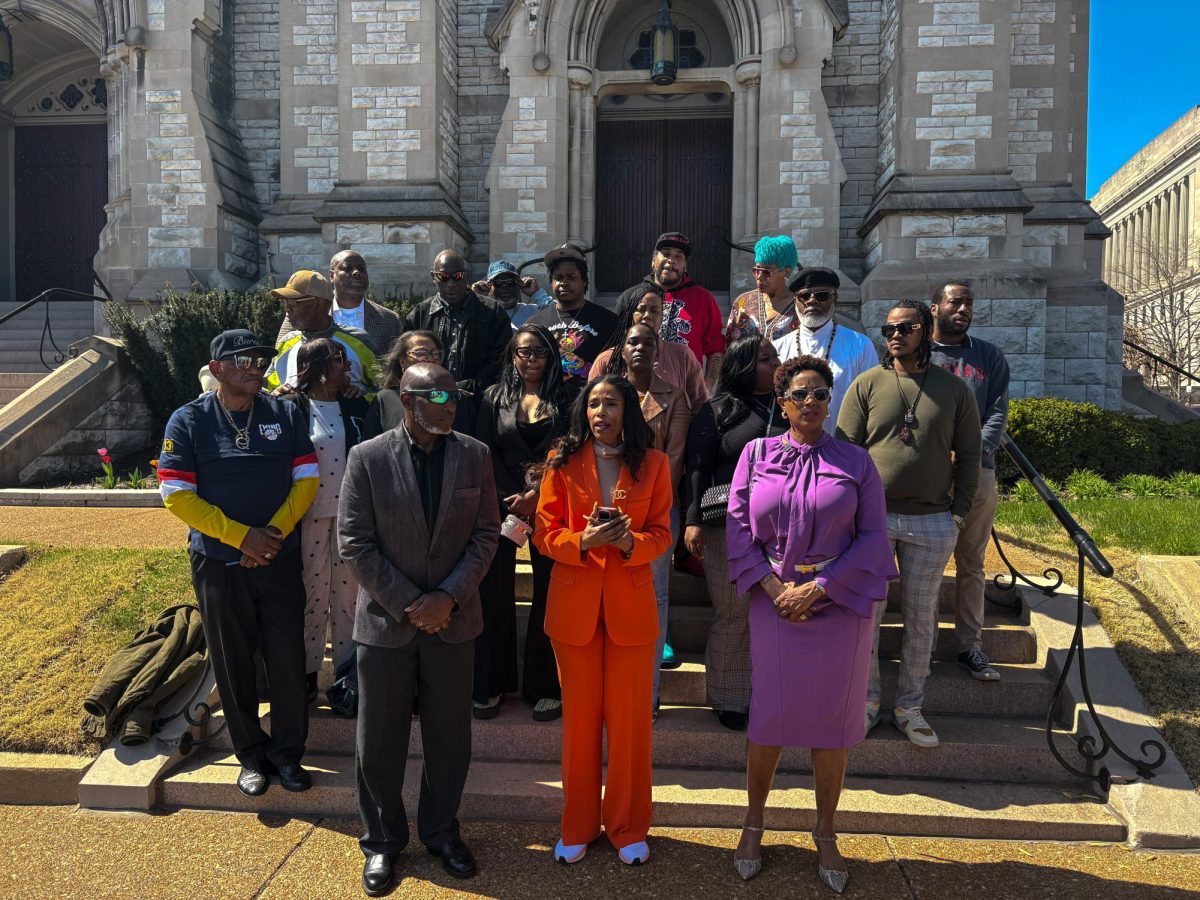When a 9.0 magnitude earthquake and a subsequent tsunami hit the east coast of Japan on March 11, Saint Louis University graduate Charles “Gyro” Morris, a captain in the U.S. Air Force, said he made sure he was in the first alert crew to help in the relief effort.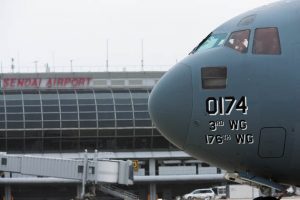
Morris said he watched footage from the earthquake live on his office computer.
“I watched Sendai airport get swallowed by the tsunami,” Morris said. “It was unreal.”
With a population of about 127.51 million, according to the last census in 2009, the disaster left 16,290 people missing and 11,362 people dead. More than 190,000 people have relocated to temporary shelters. The Japanese government estimates that the damage will exceed $300 billion.
“A lot of people died, and we need to stand by our Japanese allies when our help is needed most,” Morris said.
Morris, who graduated from the Parks College of Engineering, Aviation and Technology in 2002, said that the country as a whole is in good shape, but frequent aftershocks and the threat of radiation from nuclear reactors is a concern for the country.
Robert Herrmann, Chair of Natural Sciences in the Department of Earth and Atmospheric Sciences, conducts research at the University’s Earthquake Center regarding the impact of quakes to determine the responding plans of action and safety in affected areas.
“The quicker you can estimate the damage, the faster you can focus on saving lives,” Herrmann said.
Herrmann said that it may take up to five years for the nation to be restored, while some areas may never recover.
“Japan has recognized that earthquakes are a major threat to their society and have invested a lot into monitoring the threat,” Herrmann said. “They also know that earthquakes can cause tsunamis.”
However, Herrmann said that the earthquake, which was the third largest over 100 years and most powerful quake to ever hit the country, was largely unexpected and that the barrier walls built to protect the country’s shores from large waves could not stop the tsunami that followed. Herrmann said the energy from the quake reached St. Louis and was strong enough to move the city a quarter of an inch over the span of two minutes- a fraction, he said, that could not be felt.
Many areas of Japan were wiped out by the tsunami, including Sendai, located on the eastern shore.
Morris arrived in the first C-17 to land in Sendai. A C-17 can hold up to 170,000 pounds of cargo, more than any other aircraft, and Morris said he and his crew worked for nearly 14 days nonstop bringing immediate necessities, like pallets of water, food and blankets to the area on the first C-17 mission.
“In two weeks, my one crew moved over a million pounds of aid,” Morris said.
Herrmann said that the radiation from the destroyed nuclear reactors in the northern regions of Japan, like the Fukushima Daiichi Nuclear Power Station, is also a threat to the Japanese people. Radiation is leaking into water sources, and Herrmann said this could cause health problems for many people if exposed to it in great doses. Herrmann said exposure may also have long-term effects that may not be recognized immediately.
While immediate assistance is necessary, Herrmann said he believes that a psychological concern will develop as time continues and aftershocks keep occurring, which could bring more stress to the already burdened Japanese people.
“The repeated pounding that they are being subject to is affecting them,” Herrmann said.
Morris remains optimistic.
“The Japanese are a proud people,” Morris said. “They will rebuild, faster than expected, I bet.”
Morris returned from Japan on March 26, but said he would love to go back and help.
“Operations like this one are the reason I joined the military,” Morris said. “I love flying, and sometimes you get to do your part for the greater good, like doing a massive humanitarian airlift.”
The military, however, is not the only organization giving assistance, as people across the globe are reaching out to Japan in the relief effort, including students at the University.
The Asian American Association (AAA) is currently asking all Cross Cultural Center organizations to participate in a fundraiser that will take place the week of April 11. AAA will hold a meeting at 5 p.m. on Monday, April 4 in the Cross Cultural Center to discuss which relief organization will receive the funds.
Athena Lee, president of AAA said she hopes to raise $5,000 in change during the fundraiser.
“If all SLU students pitched in, that is definitely something that is very, very possible,” Lee said.
The International Student Federation (ISF) and the Korean Student Association will host a benefit concert at 6 p.m. on Friday, April 8 at Salsaritas at the end of Atlas Week. A suggested donation of $5 will be given to the relief effort.
“We hope it makes a difference,” Lee said.




